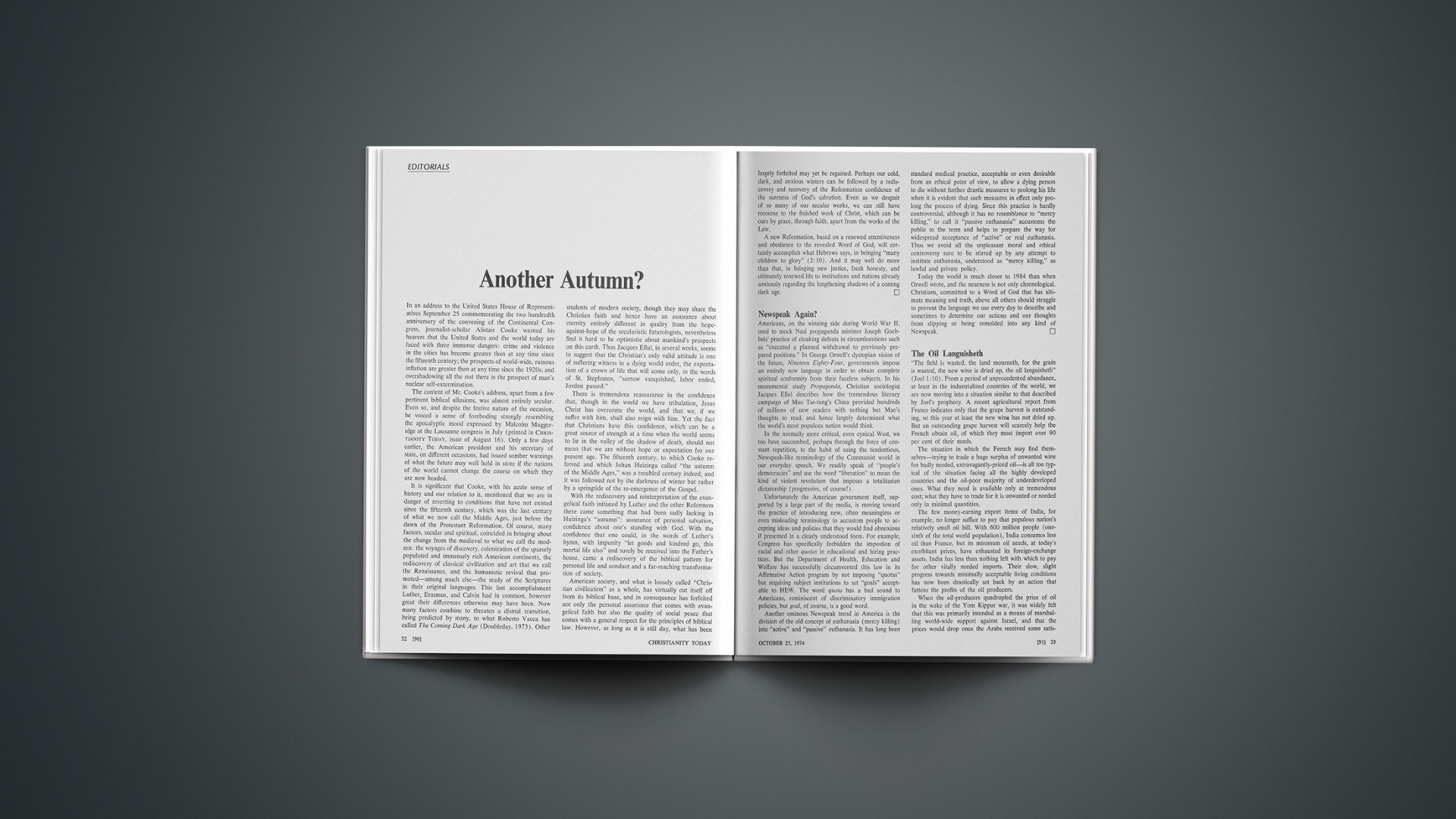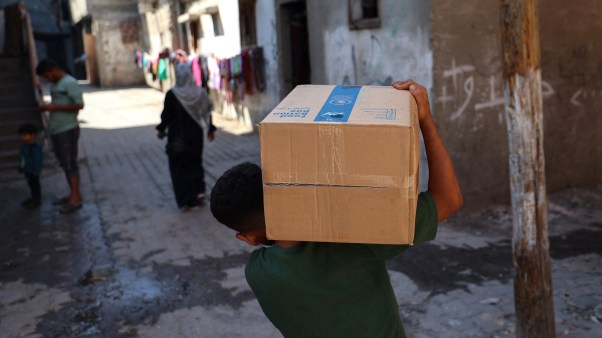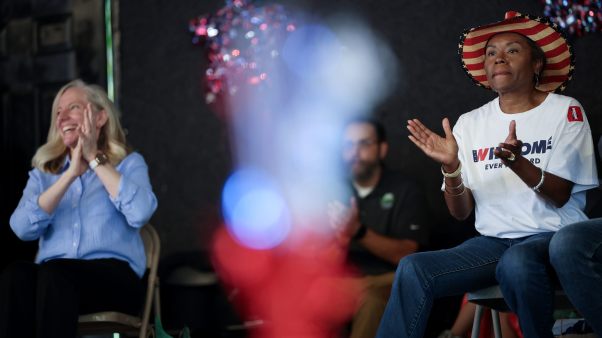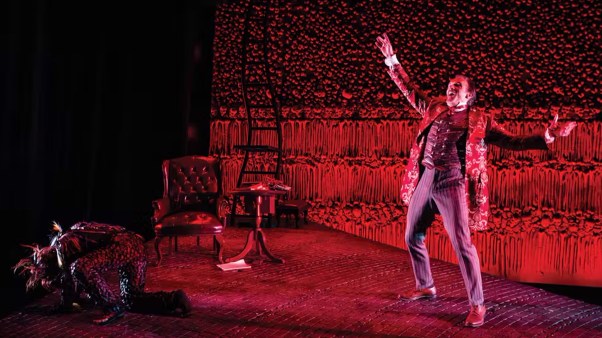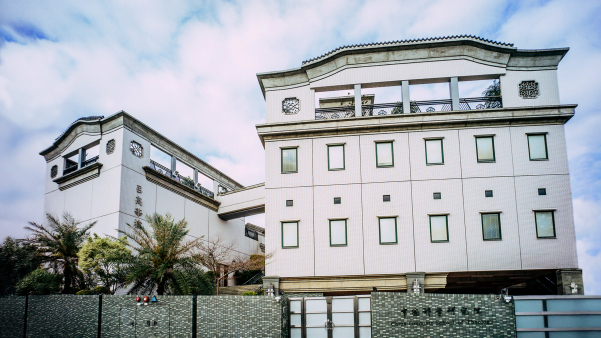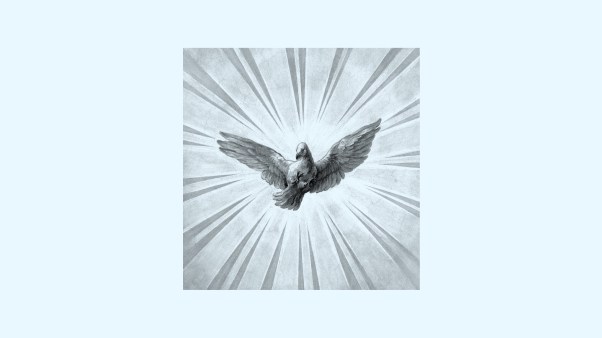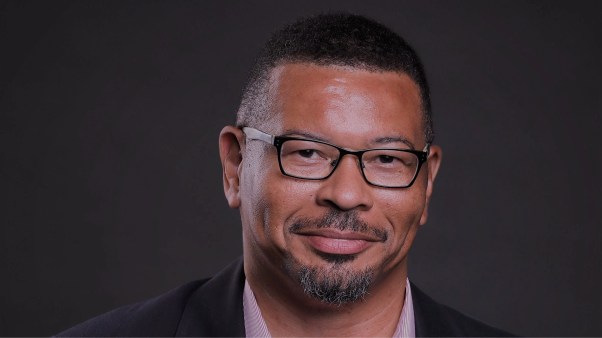Despite long, intensive preparations and a healthy spirit, Billy Graham’s five-day crusade in Rio de Janeiro this month proved hard to get off the ground. The evangelical community in Brazil has been growing faster than that of any other country. Brazilian believers welcomed the Graham team with enthusiasm. The government went out of its way to help. All the potential seemed to be there for a series of meetings that would rival those conducted by Graham in Korea last year. Yet the crusade was no exception to the historical pattern in Brazil: evangelicals have repeatedly had to rely on miracles to overcome obstacles.
During the five days the air was warm but the overcast sky threatened rain every day. It did rain once, and the crowd was down to 30,000 that night. But Maracana stadium, largest in the world, is a beautifully designed structure with a large pillarless roof overhang that kept the people in the stands from getting wet.
The stadium is located in the heart of the city and is therefore quite accessible, except that parking is minimal and traffic maximal. Most people apparently came by public transportation.
The stadium’s sound system, thought inadequate, was set aside in favor of a special hookup using more than 150 speakers. Many in the audience still had trouble hearing, and to make matters worse vandals knocked eight of the speakers out of operation. Radio stations seized the opportunity to broadcast the proceedings live. But would the people come to the stadium if they could hear Billy Graham at home?
A crowd estimated at 85,000 attended the first service, on Wednesday night, October 2. The next evening the turnout dwindled to 50,000. On Friday, the rainy night in Rio, the total plummeted again.
Graham himself must have been feeling somewhat low by then. He had the additional problem of a family concern: after he had flown to Rio his wife Ruth fell out of a tree while putting up a swing for their grandchildren. She suffered a concussion and broken leg bones and was in the hospital with the prognosis not altogether certain.
The audio problems made preaching difficult because people were fidgety, distracting one another with conversation. The 55-year-old American evangelist repeatedly pleaded with the crowd to keep still. At one point he asked people to bow in prayer if they could not hear the message from the platform. “Silencio” signs were hastily painted and given to ushers to carry up and down the aisles.
Still another perplexity was the counseling of those responding to the invitation to receive Christ at the close of each service. Stadium officials refused to give ample access to the playing field, which is where inquirers normally stand. The field is separated from the stands by moats. Moreover, most of the stadium seating is in the second tier, which does not give access to the first.
The gloom produced by all the problems reached its peak on the night it rained. But in answer to the prayers of many around the world there was a sudden turnabout, psychologically, physically, and spiritually. The Palermo Brothers, a musical team from the United States, entertained the crowd from beneath a makeshift canopy on the platform. A local band added to the informality with some unscheduled numbers, and the crowd began to sing along.
The next morning Graham met with his team and crusade officials, and their spirits had obviously been buoyed. They seemed confident that the worst was over and were looking ahead to Saturday night and Sunday afternoon services. Surely many more people would come, if only because they would not have to rush to the stadium from their places of employment.
The miracle happened. Some 183,000 went through the turnstiles Saturday night. They were still coming an hour after the service began. Nearly 3,500 decisions for Christ were recorded, and doubtless many more vowed a spiritual turnaround privately.
The closing Sunday service drew some 250,000. The turnstiles counted 218,000, there were another 7,000 choir members and others given special admittance, and an additional 25,000 or so could not get in and listened to the service via a public-address system.
Not even the soccer matches, tremendously popular in Brazil, had ever attracted so many people to Maracana before. The throngs came despite live television coverage, reportedly by government order, throughout Brazil.
A school of evangelism held in connection with the crusade drew some 2600 registrants. The program featured several noted pastors from the United States. A school of Christian writing was also held to promote literature in Portuguese (spoken by more South Americans than Spanish).
The response was phenomenal, particularly for a country that has traditionally been considered the largest Roman Catholic country in the world. But it also represented a big dividend on a lot of investments. Brazil has more North American missionaries than any other country, and for good reason: only China, India, the Soviet Union, and the United States are bigger in population, and only those four and Canada are bigger in land area.
Actually, the Gospel has been making great headway in Brazil in recent years, and there are now believed to be more practicing evangelicals than Roman Catholics. Pentecostal groups have grown most rapidly. In a report prepared for the International Congress on World Evangelization, it was estimated that Protestants in Brazil now total almost 11 million (out of a population of 102 million). Roman Catholics claim about 85 per cent of the people, but fewer than 10 per cent attend mass as often as once a year. The one other big religious influence in Brazil is Macumba, the general term for a variety of spiritist sects that attract a great many Catholics and even some Protestants.
Perhaps the person for whom the crusade had the most meaning was the Reverend Harold Cook, who at 96 is believed to be the world’s oldest active missionary. He first went to Brazil from England in 1911, and still preaches regularly. He took part in the preparations and in the crusade itself.
“The Catholics in Brazil used to burn Bibles and churches,” he said. “Now they distribute Bibles and support evangelical work.”
Another person for whom the crusade was memorable was a 14-year-old boy whose mother gave birth to him while attending the only other rally Graham has even held in Rio. That one, too, was held at the Maracana. The parents named him after Billy Graham, and he was a guest of honor on the platform this month.
In a kind of sequel to that, the wife of the manager of Maracana gave birth to a girl during the most recent crusade (though not at the stadium), and the baby was named Ruth, after Graham’s wife.
The crusade director, who with his wife and son set up residence in Rio a full year before the crusade, was Henry Holley. He is a 47-year-old former U. S. Marine sergeant who has worked with Graham since 1967.
Translating for Graham was the Reverend Walter Kaschel, 61, a native Brazilian whose parents were Roman Catholic. He and his three brothers were converted during boyhood at a neighborhood Sunday school conducted by Southern Baptists.
Nilson Fanini, noted Brazilian Baptist pastor, served as president of the local crusade sponsoring committee.
A distinguished visitor, Dr. Michael Ramsey, archbishop of Canterbury, was on hand for the opening service of the crusade and when asked to bring a brief greeting used the occasion for a mini-sermon. Ramsey suggested that Christ’s love is best shown today through the ecumenical movement and through identification with the poor and underprivileged.
Graham’s own preaching stressed the cross. He urged Brazilians not simply to think of the cross as a great symbol but to appropriate Christ’s atoning work on the cross for forgiveness of sin. As he spoke, some in the stadium could see Rio’s famous statue of Christ the Redeemer atop a nearby hill.
African Impact
Two of Billy Graham’s associates came to help out at this crusade in Brazil after a memorable month of meetings in Rhodesia. Howard Jones and Archie Dennis, both black, reported on evangelistic services held in the four cities of Rhodesia with racially integrated audiences. Jones, the preacher for the team, said many of those who came to the meetings had never before participated in a service addressed by a black person or attended by both whites and blacks. The largest rally, attended by 12,000, took place in Salisbury, the capital. Traveling and ministering with Jones and Dennis were Gary Strong, Henry Davis, and Joseph Abston.

